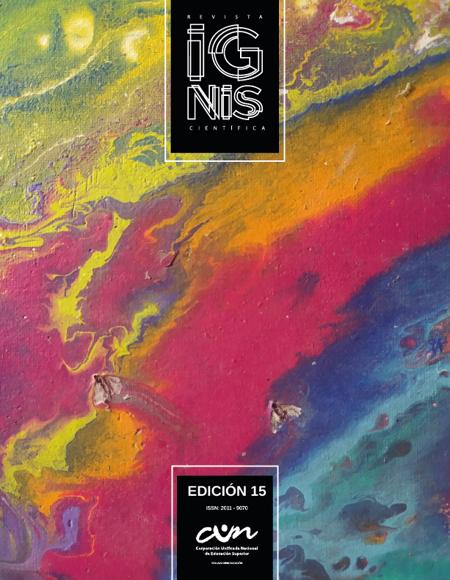Preserve the tradition of funeral art within the collective memory, through a graphic strategy in future scenarios
Preservar la tradición del arte fúnebre dentro de la memoria colectiva a través de una estrategia gráfica en escenarios futuros
Main Article Content
Abstract
Funerary art is perhaps one of the most satisfying episodes in the field of Architecture and Sculpture, forming an inherent element of man that is exposed in his pieces, his practice and in a trade that is difficult to inherit, exposed in honorary art. Therefore, several individuals participate in this research activity, such as local funeral artists, plastic artists, local and international sculptors, students, professionals related to necro tourism and those who are located around the Santa Fe neighborhood in the town of Los Mártires, Bogotá. -Colombia. In an investigative practice carried out under a quantitative methodology, which leads to the use of questions on a scale that allows an approach to information, in the Central Cemetery, as an emblematic site of collective memory and a focus of tradition, which focuses its artistic, aesthetic and symbolic value in the importance and influence that society has generated, and its current relationship with existing funeral artists, on the way to necro tourism and the opportunity to promote a different experience in the city.
Downloads
Article Details
References (SEE)
Bayer R. (1980), Historia de la estética. [recurso en línea]. http://blogs.fad.unam.mx/asignatura/ma_del_carmen_rossette/wp-content/uploads/2013/08/73007731-Raymond-Bayer-Historiade-la-Estetica.pdf
Bustos, D. E. C., y Salguero, V. (2017). Monumentos funerarios del Cementerio del Saucito San Luis Potosí 1889-1916. El Colegio de San Luis. https://colsan.repositorioinstitucional.mx/jspui/bitstream/1013/701/1/El%20cementerio%20del%20saucito%20en%20SLP.pdf
Díaz Castellar, D. (2015). Origen y evolución de los ritos a los santos populares del Cementerio
Central de Bogotá. [Tesis de grado]. Pontificia Universidad Javeriana. https://repository.
javeriana.edu.co/handle/10554/15933
Gómez Roso, G., y Ortiz Escandon, S. (2020). Escenarios futuros posibles, probables y
compartidos en la industria creativa y cultural en Bogotá para las pymes en el marco de la
economía naranja para el año 2030. Colegio de Estudios superiores de Administración
Biblioteca Digital - CESA.
Salinas, J. (2012). La investigación ante los desafíos de los escenarios de aprendizaje futuros [en línea]. Revista de Educación a Distancia (red), 32. https://www.um.es/ead/red/32/salinas.pdf
Tiscornia, C. (2013). Arte funerario. [en línea]. https://www.academia.edu/6804921/ARTE_
FUNERARIO
Tinoco, A. G. (2010). El mobile marketing como estrategia de comunicación. ICONO 14,
Revista de comunicación y tecnologías emergentes, 8(1), 238-260. https://www.redalyc.org/
pdf/5525/552556587011.pdf
Viñuales, R. G. (2005). El patrimonio funerario en Latinoamérica. Una valoración desde la historia del arte contemporáneo. Apuntes: Revista de estudios sobre patrimonio cultural, 18(1-2)
Vivas, G. (2021). ¿Qué es el necroturismo? Entorno turístico. [en línea]. https://www.
entornoturistico.com/que-es-el-necroturismo/








